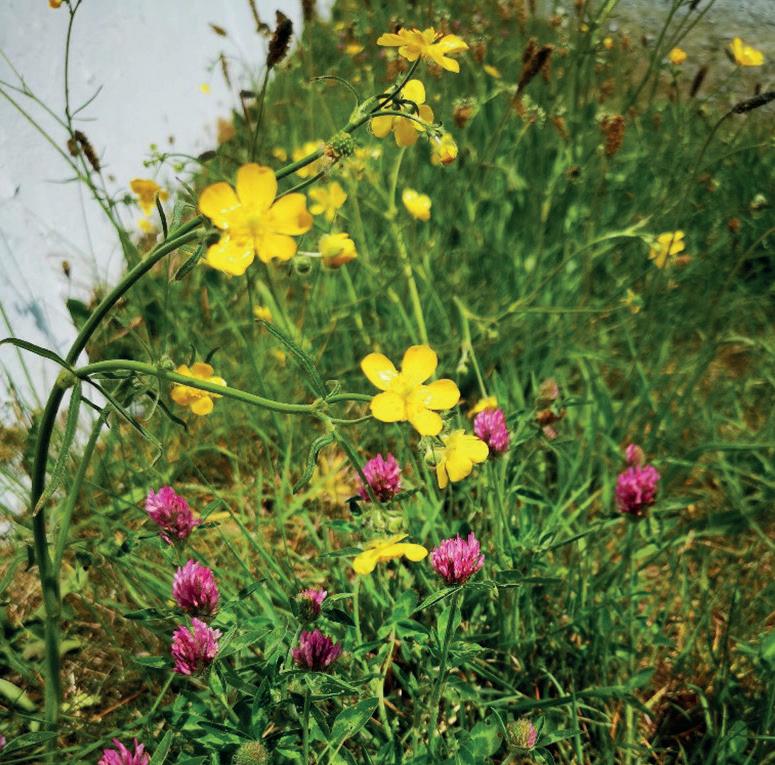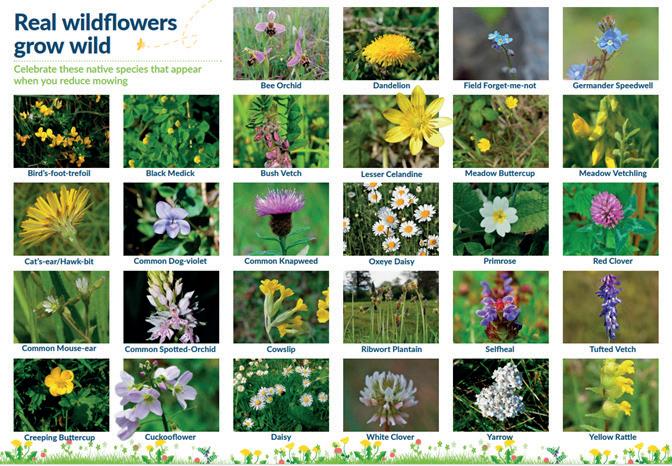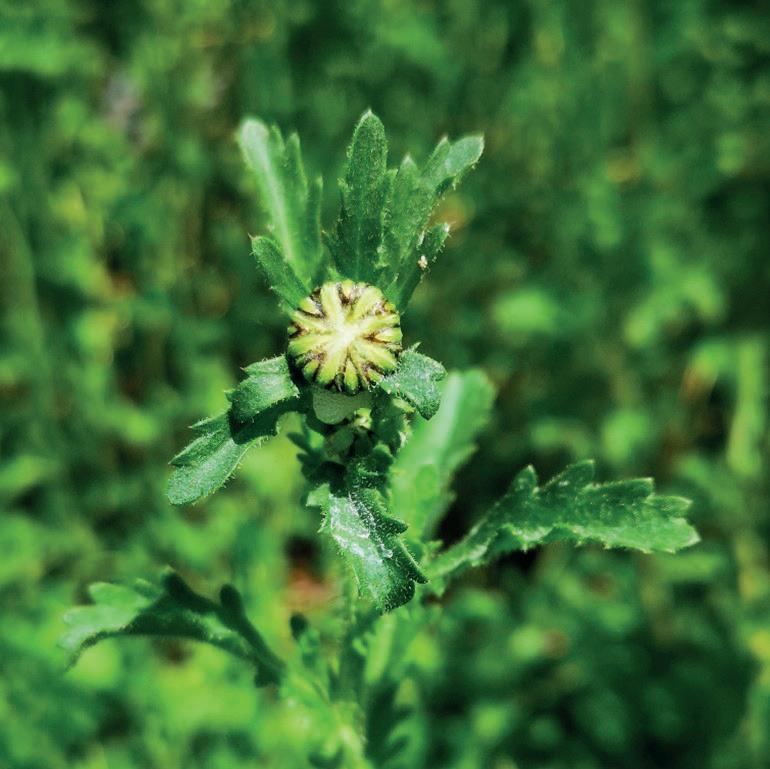
3 minute read
National Biodiversity Week
By Ellie Donovan IRD Social Farming and Community Gardening Coordinator
May is a busy month in the garden, for us gardeners and the wildlife that lives within. Birds are feeding chicks, bees are collecting pollen and nectar and helping us pollinate our fruit and flowers. This is a month to celebrate biodiversity and leave some space for nature. One of the easiest actions we can take is to allow an area of grass to grow, how much is up to you. You might decide to partake in ‘No Mow May’ and put the lawnmower away for the month of May. Even leaving a strip at the edge of your lawn for our native wild flower to flourish will be beneficial. The chart below shows some of the beautiful blooms you can look forward to when you allow them space to grow.


This year we celebrate National Biodiversity Week from the 16th - 25th of May. There are hundreds of free events across the country highlighting our rich tapestry of flora and fauna. See Biodiversity Week website for the full list of events in your area and online.
The 13th annual Biodiversity Photographer of the Year competition is now open. First prize is €500 and the competition is open to all amateur photographers.
May 20th is World Bee Day! As most of now know, bees and other pollinators are increasingly under threat from human activities. Food sources and habitats are declining and with that are our bee populations. Around 75% of food crops rely on pollinators, so it is vital we support them. Some simple actions include; eliminating the use of pesticides, letting native wildflowers bloom and leaving area of long grass for nesting. A south facing bank of soil will make an attractive home for our solitary mining bees. Consider carrying out a Flower Insect Timed Count to help the National Biodiversity Data Centre record pollinator numbers in your area.
Scan the QR code on the left for instructions on how to FIT count.



Check out the All- Ireland Pollinator Plan for simple ways to help pollinators on the farm or in your garden.










